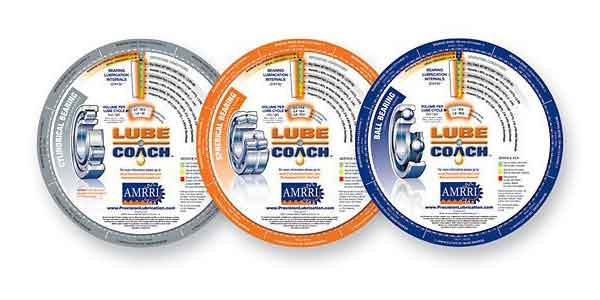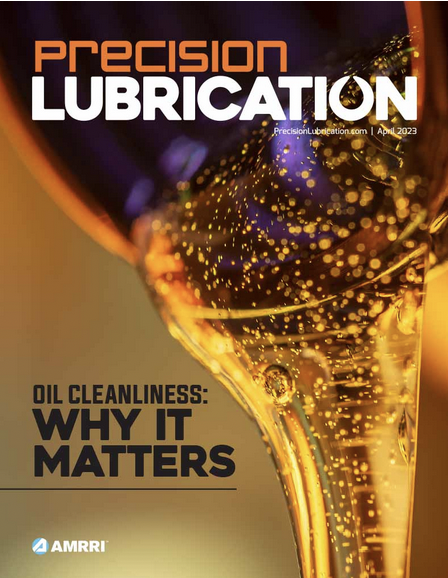Implementing a comprehensive lubrication training program can pay significant dividends through reduced downtime, fewer repairs, extended equipment life, and lower lubricant usage.
The first step for developing a new lubrication training initiative is assessing your maintenance staff’s current lubrication practices, knowledge gaps, and training needs. Review equipment manuals to ensure optimal lubricants are being used. Inspect storage, handling, and application methods. Identify misunderstandings or outdated approaches that need to be corrected. Tailor your training plan to address these specific issues.
Every lubrication training program should cover fundamental principles such as lubrication fundamentals, equipment components, contamination control, and safety. Explain how lubricants work to separate surfaces, transfer heat, seal out contaminants, and protect against corrosion.
Review essential equipment components such as bearings, gears, seals, and filters requiring lubrication. Then, stress the importance of keeping lubricants, application tools, and surfaces clean. And cover safe handling procedures and proper personal protective equipment. These core principles provide the foundation for your lubrication training initiative.
Supplement the general training with instruction on lubricating specific equipment types such as conveyors, compressors, hydraulics, chains, etc. Explain the type and amount of lubricant recommended by the manufacturer. Demonstrate proper re-lubrication procedures and frequencies. Provide hands-on training on the equipment for critical assets to build skills and confidence. Customize training to your facility’s specific equipment models and lubrication tasks.
Lubrication Training | Improve Machine Reliability and Uptime
Given how easily lubricants become contaminated, training must emphasize keeping lubricants clean before, during, and after application. Review how airborne particles, water, process fluids, metal shavings, and other contaminants damage equipment. Demonstrate best practices for lubricant handling and storage, surface prep, filter selection, and applying lubricants without introducing contaminants. A key objective is developing an awareness of cleanliness at every step.
Lubrication training for industrial plant staff improves machinery longevity and uptime. Your trained personnel will be able to identify the optimal lubricants and application methods for each machine. This can prevent costly breakdowns and prolong the equipment’s life. Skill in contamination control minimizes foreign particle entry into machinery. This further enhances performance.
Your staff will more accurately interpret oil analysis data, allowing for more predictive maintenance instead of reactive measures. The training can result in substantial cost savings on repairs and lubricant purchases. Overall, it will boost the plant’s operational excellence and competitiveness.
One of the best contamination detection methods is oil analysis. Training should cover how oil analysis works, interpreting lab reports, and responding to problems identified. Explain how fluid properties like viscosity, acidity, and wear metals can indicate issues needing attention. Review how to properly take oil samples, where to send them, and how often to test different equipment. Understanding oil analysis empowers staff to make data-driven maintenance decisions.
Accurate recordkeeping is critical for managing lubricants and optimizing re-lubrication intervals. Training must emphasize documenting lubricant types and quantities, date and mileage/hours at each re-lubrication, samples taken, analysis results, consumption rates, and abnormal conditions. Standards for logbooks, labels, and storage should also be covered. Robust documentation provides continuity and aligns practices.
By educating technicians and operators on lubrication best practices, plants can significantly increase uptime, reduce repair costs, and extend the lifetime of capital equipment. An investment in proper lubrication training often pays for itself through performance gains. A thoughtful training curriculum with both classroom and hands-on learning can help transform lubrication from an afterthought to a driver of reliability.





